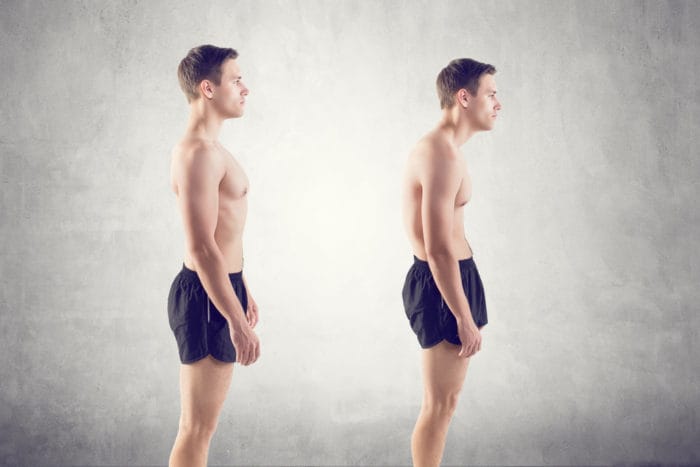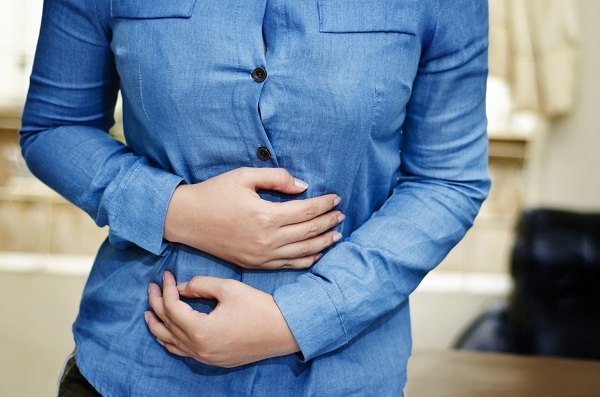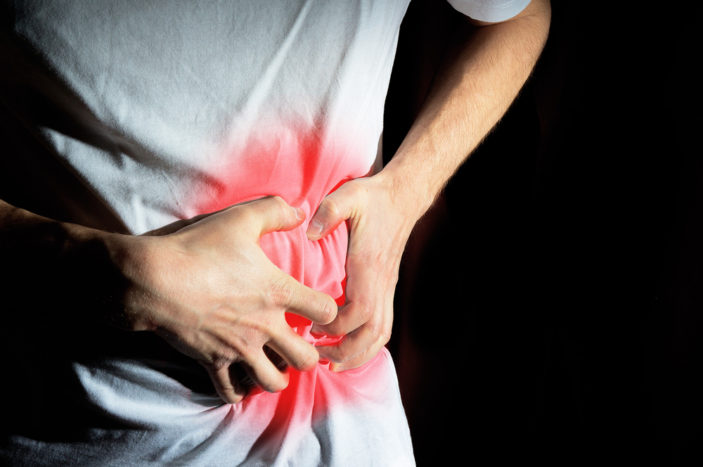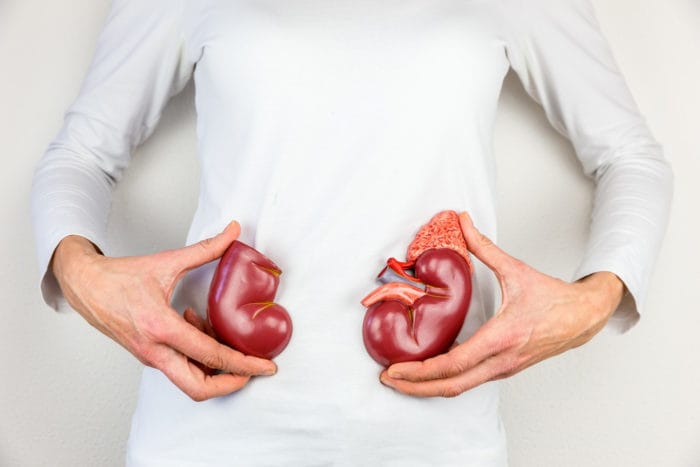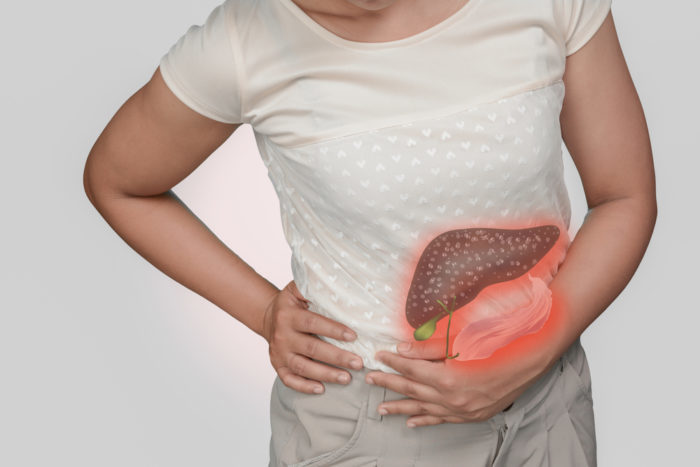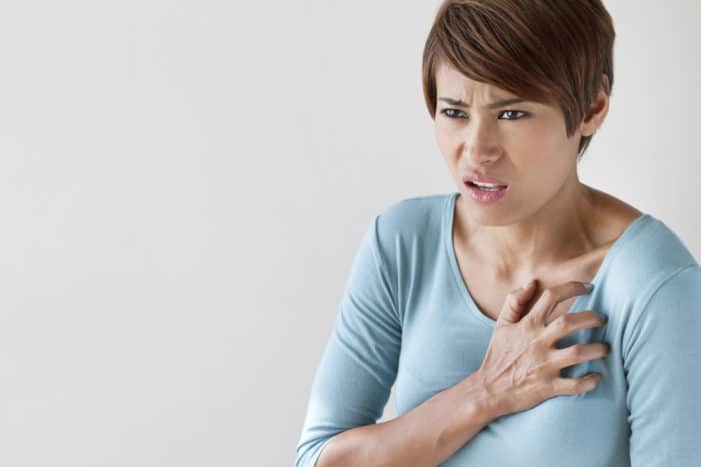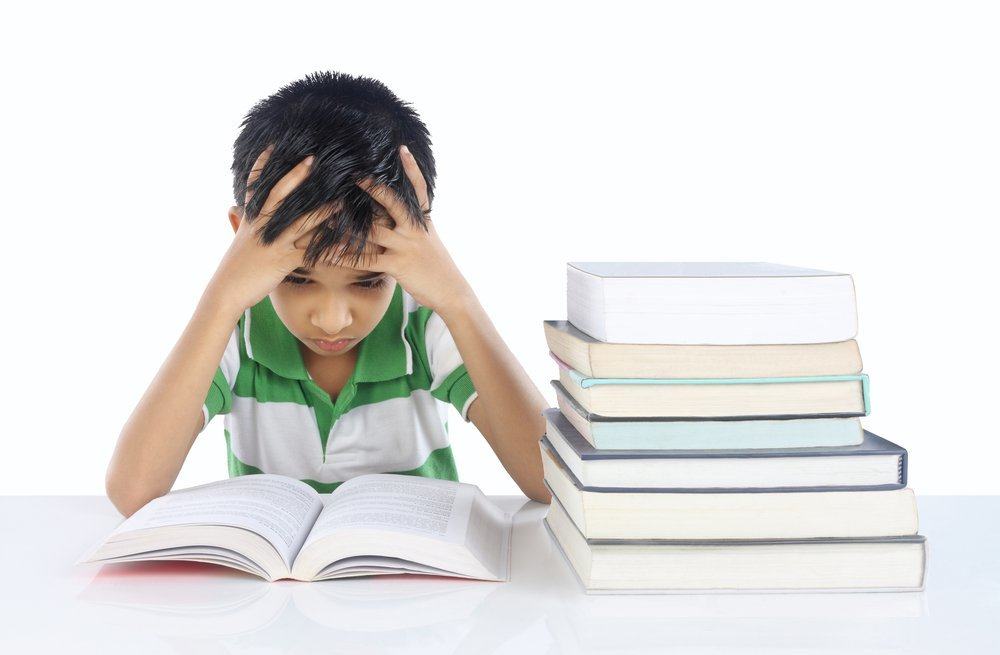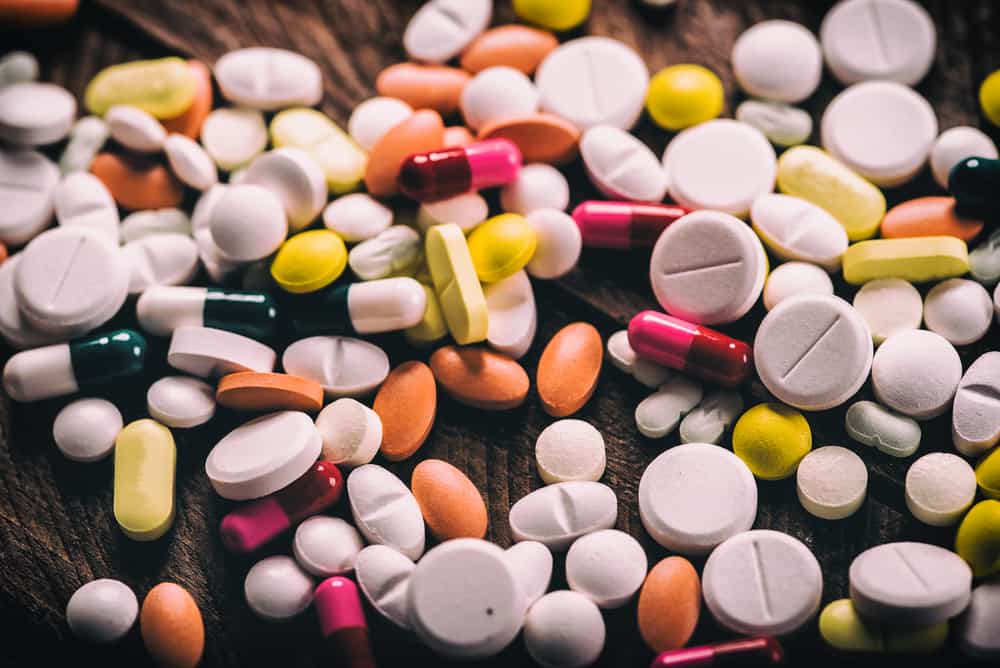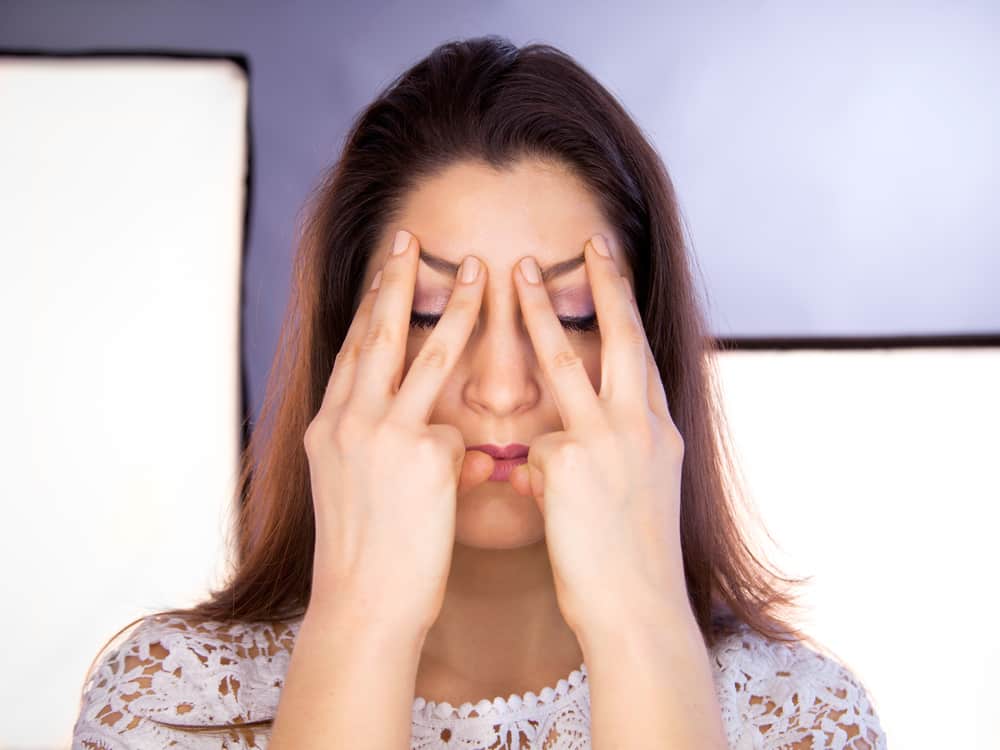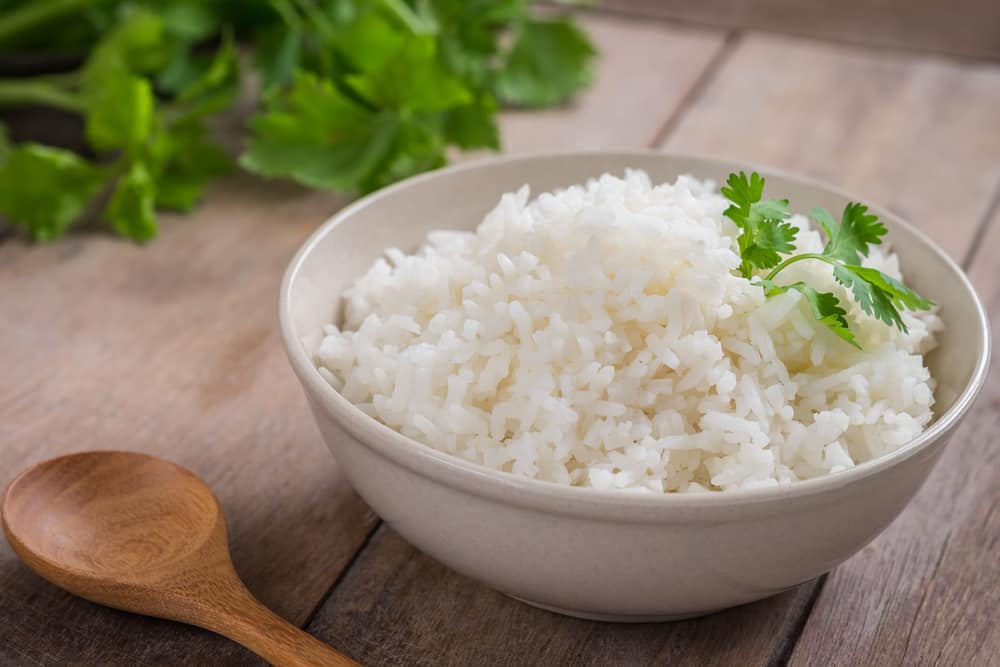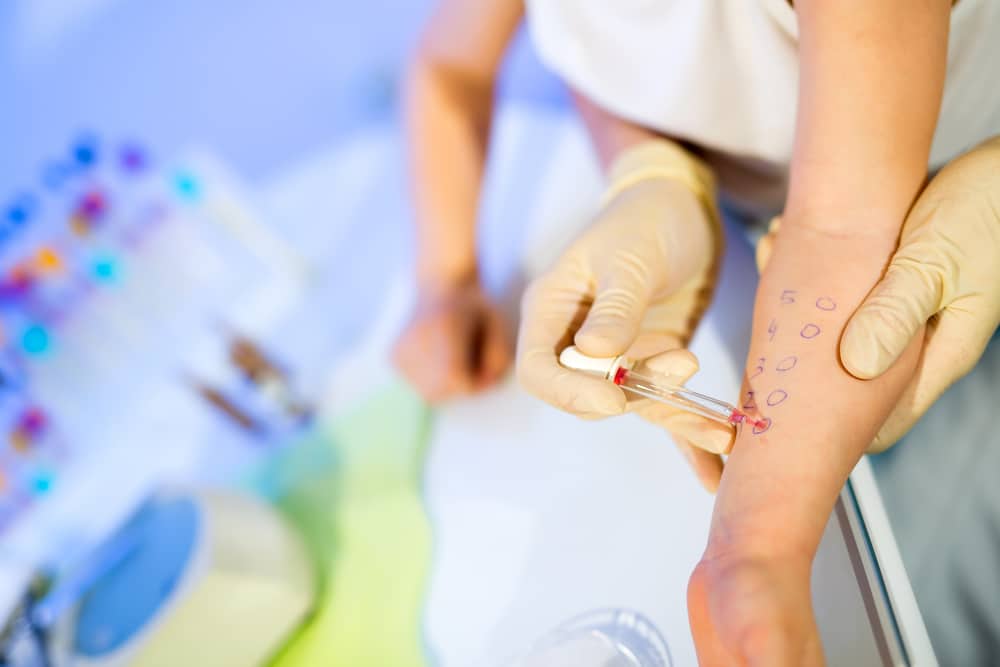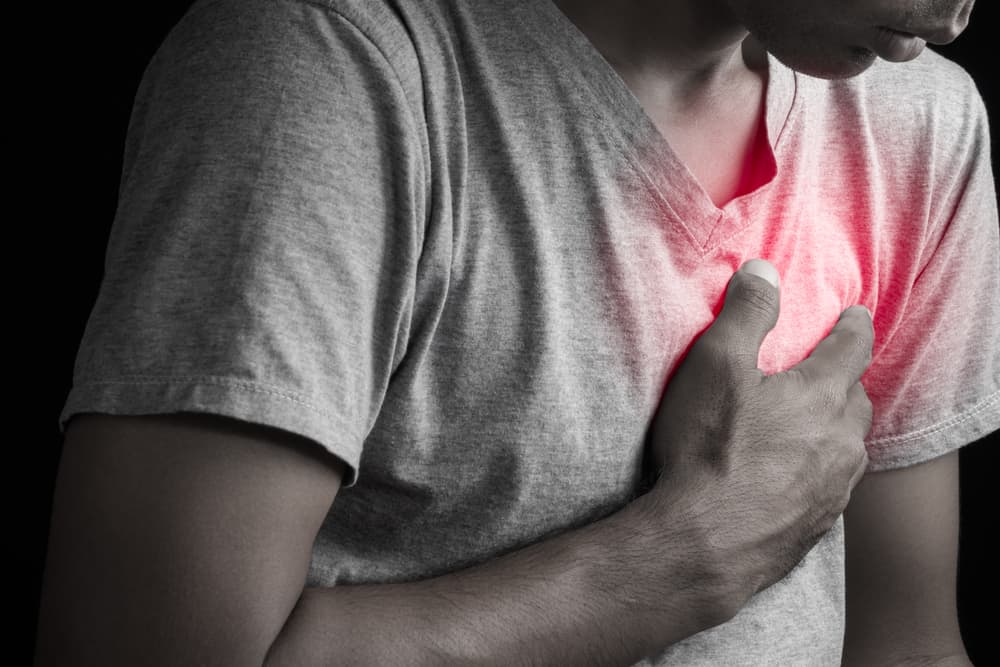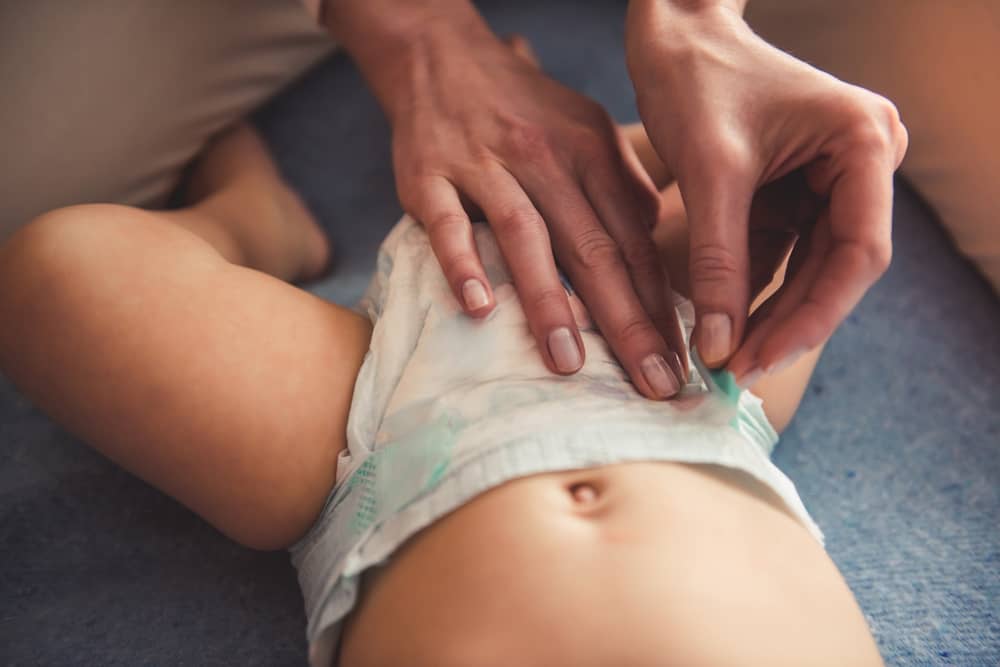Contents:
- Medical Video: Your Upper Back Pain Is Most Likely NOT Coming From Your Back
- What causes back pain after eating?
- 1. Poor posture
- 2. Increased stomach acid (heartburn)
- 3. Food allergies and intolerance
- 4. Gastric ulcer or esophagus
- 5. Gallstones
- 6. Kidney infection
- 7. Pancreatitis
- 8. Heart attack
- When do I have to see a doctor?
Medical Video: Your Upper Back Pain Is Most Likely NOT Coming From Your Back
Back pain can appear at any time, even in unexpected times such as sitting, walking and lying down. Some people complain of back pain more often after eating. So, what causes back pain after eating? Find out through the following reviews.
What causes back pain after eating?
Back pain after eating is generally a sign that there is a problem in the digestive tract which then spreads to the back. However, this condition can also indicate a serious health problem to watch out for.
From the most common causes to those that need to be seen by a doctor, back pain after eating can occur due to:
1. Poor posture
When you complain of back pain after eating, have you tried to justify your sitting posture or standing? People who eat while sitting bent will find it easier to experience back pain after eating.
Body postures that tend to bend can cause pain or pain in the neck, shoulders and back because the muscles of the back have to work harder to stabilize the bent vertebrae forward.
So, immediately improve your posture both when sitting or standing to avoid back pain.
2. Increased stomach acid (heartburn)
Back pain after eating can occur due to symptomsheartburn which is characterized by a painful and hot sensation in the chest due to increased stomach acid. Heartburn also causes acidic sensations in the mouth, sore throat, coughing, and heartburn. This usually happens after you eat foods that trigger stomach acid such as alcohol, caffeine, chocolate, spicy foods, and tomatoes.
If you experience symptomsheartburnaccompanied by back pain after eating for more than twice a week, immediately consult a doctor. The increase in stomach acid that occurs frequently and continuously can trigger gastric acid reflux (GERD) and develop into gastric ulcer.
3. Food allergies and intolerance
People who have food allergies or certain food intolerances will usually get a stomach ache after eating the trigger food. However, the effects of digestive problems can also spread to the back.
Some foods that are prone to inflammation and back pain include alcohol, dairy products, gluten, nuts, and sugar.
4. Gastric ulcer or esophagus
Ulcer or ulcer is another name for a wound. If the wound occurs in the stomach, then this condition is called gastric ulcer. Likewise, if it occurs in the esophagus or esophagus, this condition is called an esophageal ulcer.
Both gastric ulcer and esophageal ulcer can both cause pain that spreads to the back. Symptoms can include frequent belching, flatulence, burning sensation in the stomach, rapid satiety after eating, nausea, and stomach ache.
Gastric ulcer is usually caused by a bacterial infectionHelicobacter pylori (H. pylori). In addition, this can also occur if you have a habit of eating spicy or acidic foods, or taking NSAIDs (ibuprofen, naproxen, and aspirin) in the long term.
5. Gallstones
Most eating fatty foods can cause inflammation of the gallbladder which eventually triggers the formation of gallstones. Typical symptoms of gallstones are nausea and upper abdominal pain which can spread to the back or back of the body. That is why people who have gallstones usually experience back pain after eating.
6. Kidney infection
The kidneys are located near the lower back. That is why when the kidneys are infected, one of the initial symptoms that may occur is lower back pain.
Apart from back pain, kidney infections can also cause:
- Stomach ache.
- Burning sensation when urinating.
- Bloody urine.
- Cold hot body.
- Fever.
- Frequent urination.
- Nausea and vomiting.
These symptoms can occur throughout the day, but some people experience it more often after eating. If you experience one or more of these symptoms, immediately consult a doctor to get further treatment.
7. Pancreatitis
Pancreatitis is an inflammation of the pancreas that is often overlooked because most people tend to not feel any symptoms when the pancreas is in trouble. Pancreatitis can cause a person to experience back pain after eating, which is also accompanied by fever, nausea and vomiting.
A study in 2013 revealed that 70 percent of cases of pancreatitis are caused by long-term drinking habits.
8. Heart attack
Without realizing it, back pain after eating can be a sign of a heart attack, especially if accompanied by other symptoms such as:
- Chest pain.
- Mild headache.
- Nausea.
- Pain in the arms, jaw or neck.
- Excessive sweating.
Reporting from Medical News Today, the American Heart Association revealed that chest pain is more common as a sign of a heart attack in transient men More common women complain of pressing back pain before having a heart attack. Women are also more likely to experience dizziness, abdominal pain, and shortness of breath before getting a heart attack than men.
When do I have to see a doctor?
Back pain after eating can be overcome by changing your posture when standing and sitting, and correcting wrong diet patterns such as reducing alcohol habits, spicy foods, high gluten foods, and caffeine.
If back pain is caused by a tight muscle, the doctor may prescribe an anti-inflammatory medication such as ibuprofen.
If symptoms of back pain never heal even after being treated at home, and coupled with the emergence of other new symptoms, immediately consult a doctor.


